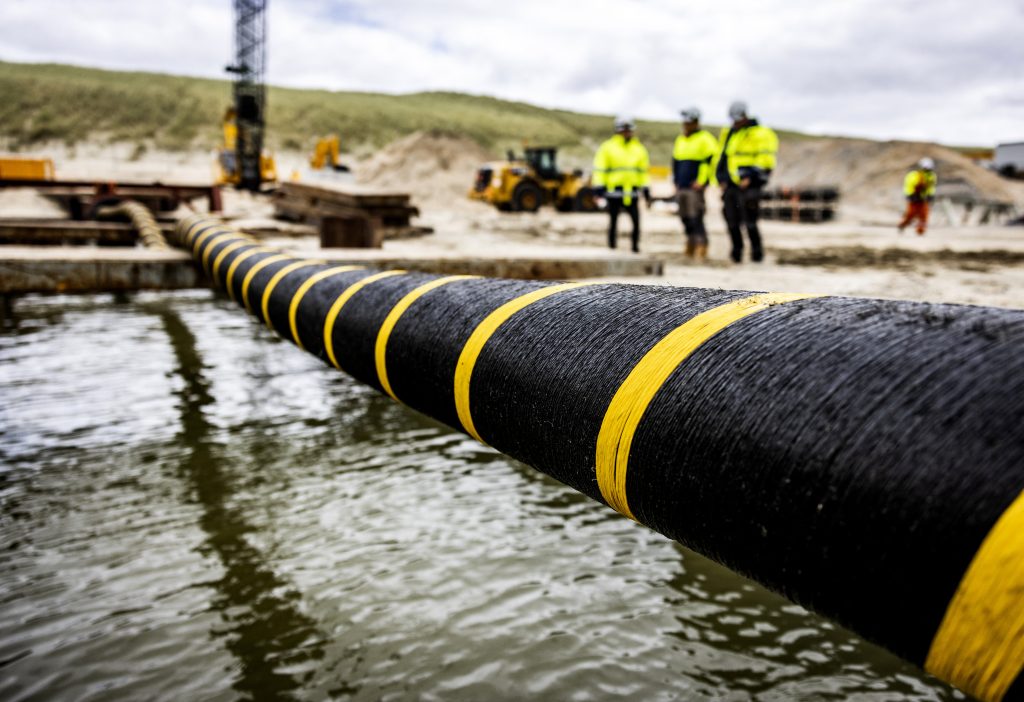
On Sunday 12th May 2024, internet access across several East African countries was disrupted due to damaged undersea cables. Since then, several users are still experiencing outages and slow internet speeds in various regions.
Several Internet service providers in East Africa have released statements informing the public that they are working to reduce disruptions while waiting for the cables to be fully repaired. At least two major undersea cable routes supplying internet to East and Southern Africa have been affected.
What are these underwater cables and why are they important?
Submarine cables are thick undersea cables that are laid on the ocean floor and use fiber-optic technology to transmit data for internet and phone services. Unlike satellites, which send signals wirelessly, these cables are physically placed underwater by special ships and buried near shores for protection. They are crucial for global internet connectivity, meaning any damage to them can cause significant outages.
There are over 570 undersea cables globally, with submarine cables providing 90% of Africa’s internet needs. These cables are mostly owned by telecom companies or investors, often funded by tech giants like Google, Meta, Microsoft, and Amazon.
How did the Outage in East Africa happen?
The current internet outage in East Africa involves three cuts in submarine cables and a fault in another system. Ben Roberts of Liquid Telecom reported issues with the Eastern Africa Submarine Cable System (EASSy) and Seacom cables.
- EASSy: A 10,000 kilometer cable linking South Africa to Sudan, serving Mozambique, Madagascar, Comoros, Tanzania, Kenya, Somalia, and Djibouti.
- Seacom: A 17,000 kilometer cable providing connectivity to Djibouti, Kenya, Tanzania, Mozambique, and South Africa.
Two other cables, Europe India Gateway (EIG) and Asia-Africa-Europe 1 (AAE-1), also have unrepaired cuts. EIG connects the U.K. to India, while AAE-1 links Southeast Asia to Europe via Egypt.
Large telecom companies and Internet Service Providers usually depend on multiple cable systems to reroute traffic if one fails, but the current damage involves several critical networks.
If the cables are laid on the ocean floor, how can they get damaged?
Submarine cables can be damaged by human activities like deep sea fishing and anchoring near shores, as well as natural events like earthquakes and landslides. A good example is when a suspected underwater rock slid off Cote d’Ivoire’s coast in March which disrupted several West African cables. In 2012, three cables in the Red Sea were cut by a ship’s anchor.
Which countries have been mostly affected?
The submarine cable cuts have caused varying levels of internet disruption across several African countries between May 11th and May 13th, 2024. The countries most affected include Kenya with the lowest network connectivity measured at 89%, followed by Somalia (84%), Uganda (83%), Rwanda (81%), and Comoros (81%). Madagascar experienced 76% connectivity, Burundi 74%, Malawi 69%, Mozambique 60%, and Tanzania faced the most significant disruption with only 29% connectivity.
Measures taken by Kenya
The Communications Authority of Kenya on 13th May 2024 released a press statement and reported a deep-sea cut at South Africa’s Mtunzini station, affecting Seacom and EASSy cables. They, however, assured users that they are monitoring the situation closely to ensure that incoming and outbound internet connectivity is available. They have started the recovery process but cautioned that intermittent internet and slow speeds may continue for a few days. The Authority has instructed service providers to secure alternative routes and is monitoring the situation to ensure ongoing internet connectivity.
On Tuesday, May 14th, 2024, SEACOM announced the full restoration of internet services to normal levels in Kenya. They stated that the process, which was expected to take over four days, was completed earlier than anticipated
Measures taken by Tanzania
On Sunday, May 12th, Tanzania’s Minister for Information, Communication, and Information Technology, Nape Nnauye, stated that initial reports from marine cable service providers indicated a fault in their cables, leading to internet and international phone service outages in the country.
The Minister assured that efforts to resolve the problem were ongoing. He also added that while the issue was being addressed, internet and international phone services would remain limited, and advised users to rely on alternative methods.
As of Tuesday, May 14th, 2024, internet services had not been fully restored in Tanzania, with the government indicating uncertainty about its eventual restoration.






